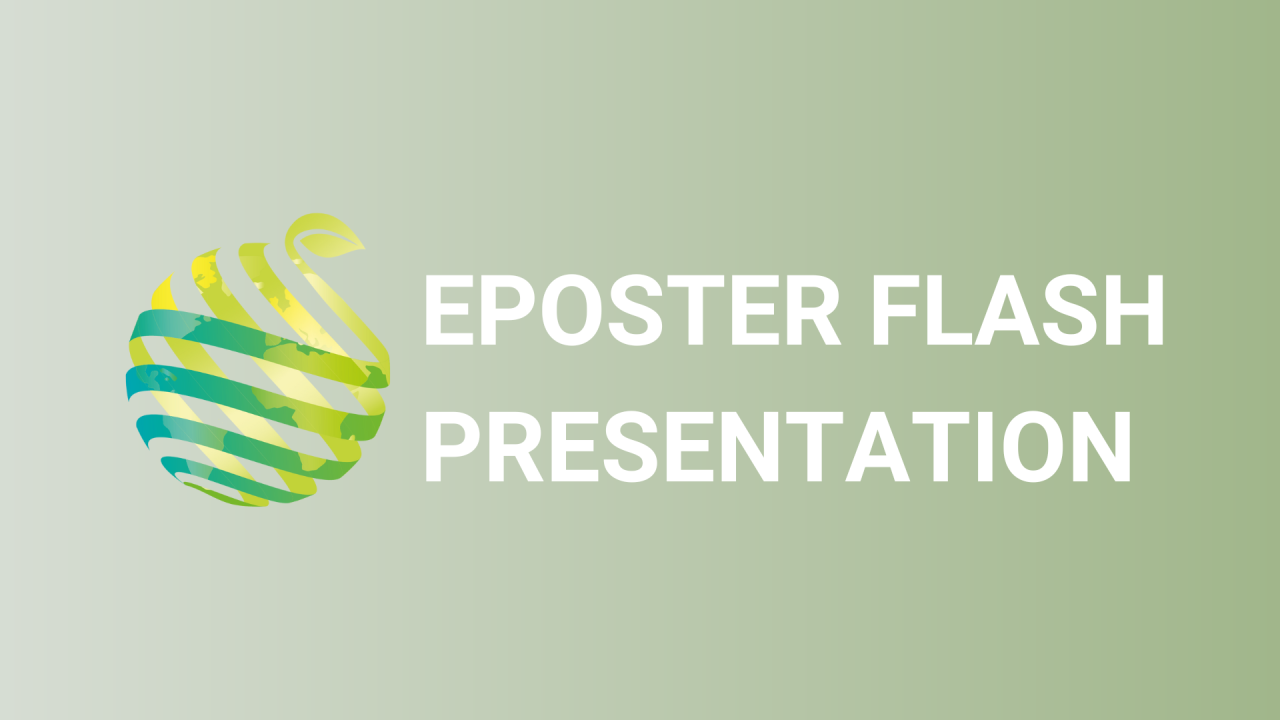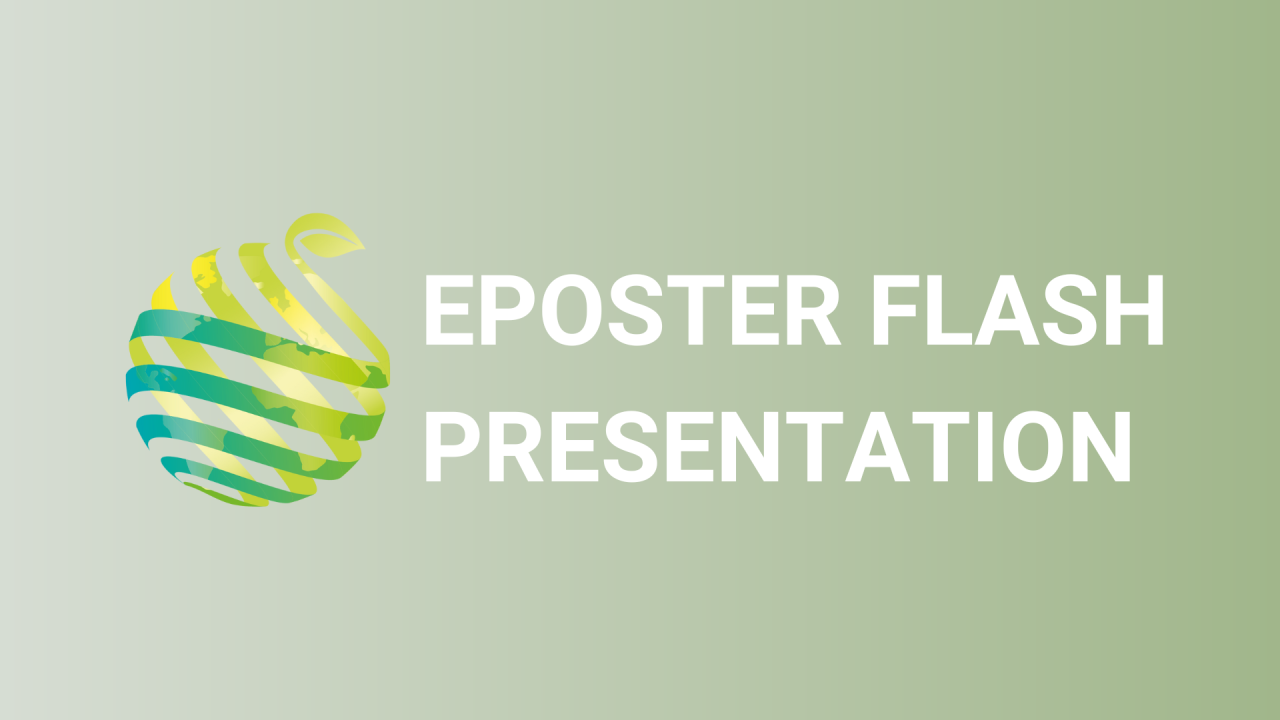

S25 - Session P3 - Origanum vulgare essential oil as growth promoter in Ross Broiler. In vitro vs. in vivo antimicrobial activity
Information
Authors: Cristina Martinez Conesa *, Cristina Martinez Conesa, Pedro Sánchez-Gómez, Inmaculada García Aledo, María Quilez Simón, Pascual Romero Espinar, María Jose Jordán Bueso
Nowadays, many scientific studies regarding the in vitro antimicrobial activity of Origanum vulgare essential oil (EO) can be found, since the development of alternative products and methods to antibiotics is an essential step to prevent and reduce the presence of antimicrobial resistance in animal production. However, these preliminary studies need to be confirmed by in vivo experimental assays in order to guarantee the effectiveness of these products against opportunistic pathogens in the gastrointestinal tracts. On this basis, the main goal of the present work was to evaluate the in vitro vs in vivo bacterial inhibition growth of five Origanum vulgare EOs. Differences among the EO compositions are attributed to the ratio (%) in which phenolic components (mainly carvacrol: 86 ; 77; 65; 48; 33) are commonly present in this commercial EO. For the in vitro test, EO (from 78 to 1250 ppm) were evaluated for their bacterial growth inhibition capacity (MIC), determined by a micro-dilution technique (exposure times 24 and 48 h). Bacterial strains under study comprised: Escherichia coli , Salmonella enterica subsp. enterica , Enterococcus faecalis . As it was expected, EO with higher levels of carvacrol exhibited the best results, but no statistically significant differences were detected among them. Thus, two EOs, carvacrol 86 (%) and 65 carvacrol/18 thymol(%), were used for the in vivo test, which consisted in a EO dietary supplementation (300 ppm, by considering twice the value of the higstes MIC calculated) in Ross Broiler for 42 days. Main results showed a statistically significant improvement in the feed conversion ratio, but similar results were found between the three experimental groups (control versus EOs supplement) regarding the microbial analysis of the intestinal content. To conclude, in vitro MIC values are not predictive of the amount of EO to be added in an in vivo test.